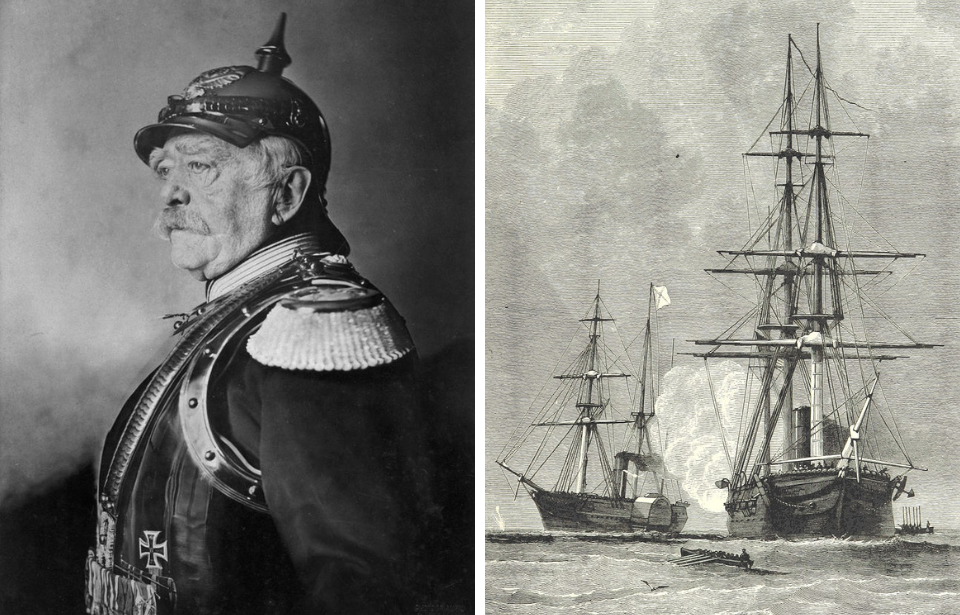Wars that nearly happened are some of history’s most fascinating moments. To ponder what could have been is both terrifying and intriguing. Often, they’re defined by a single small action that saves the day and, therefore, preserves human lives. While it might be interesting to think about how the world would be if such conflicts had broken out, it’s best we leave such “what ifs” in the past.
The following is a list of wars that very nearly happened.
Trent Affair
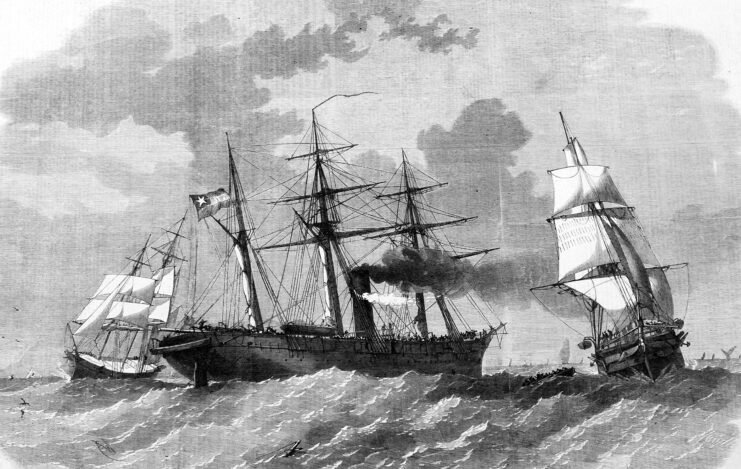
In November 1861, seven months into the American Civil War, the USS San Jacinto (1850) approached and boarded the British Royal Mail paddle steamer RMS Trent. Onboard the foreign vessel, San Jacinto‘s crew came across two Confederate diplomats – James Mason and John Slidell – who were subsequently detained.
The men were on their way to try to convince the British and French to assist the Confederacy in the conflict. The republic, under Confederate President Jefferson Davis, was also vying for international recognition.
The incident led Britain to accuse the United States of violating the nation’s neutrality, creating what can only be described as a diplomatic crisis. Not wanting to bring Britain or France into the war, US President Abraham Lincoln decided to release the two diplomats. He also condemned San Jacinto‘s captain, Charles Wilkes.
False Alarm of 1971
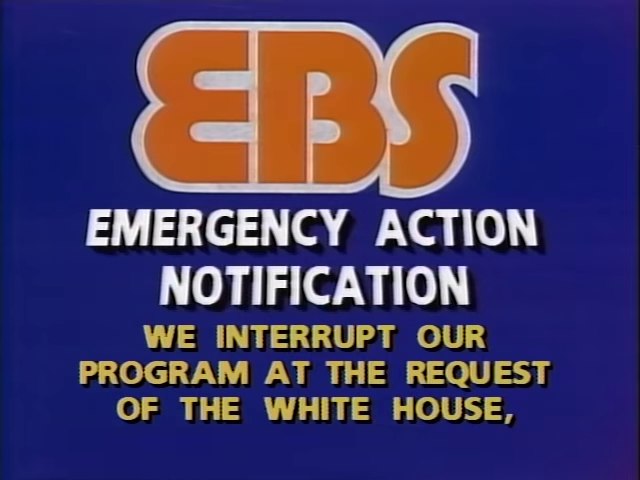
Near the peak of the Cold War, in 1963, the US government introduced the Emergency Broadcast System (EBS), which provided the ability to quickly communicate important information to the nation during a nuclear attack. The system was tested weekly to ensure broadcasters and networks were ready in the event a real message needed to be relayed.
One Saturday morning in 1971, a real message was broadcast to the American public, instead of the scheduled test. On television screens across the country, viewers were met with a message, reading, “This is an Emergency Action Notification (EAN) directed by the President. Normal broadcasting will cease immediately.”
After 40 minutes of panic and six attempts to cancel the alert, the public was told that the broadcast had, in fact, been just a test. However, how did such an error occur in the first place?
Once every three months, broadcasters received a list of authenticator codes: one for each day. During an alert, if a station were to receive a code that matched the one selected for that day, its team knew that the upcoming message wasn’t a test – it was real. The EBS accidentally sent that day’s correct code – “Hatefulness” – to broadcasters, therefore causing them to trigger a real alert.
Orsini Affair
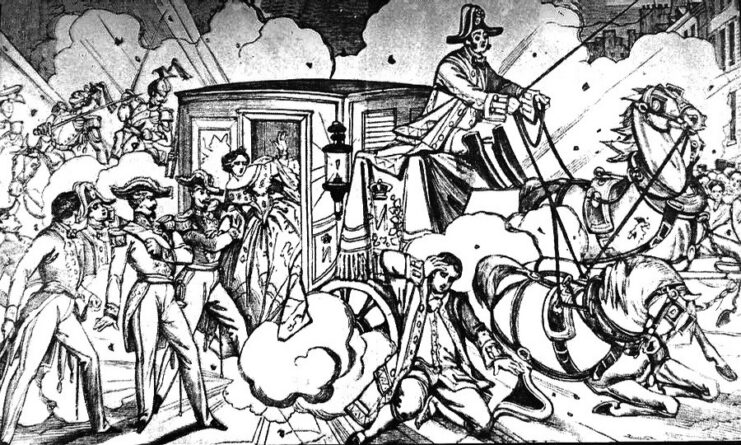
It was January 14, 1858, and French Emperor Napoleon III was traveling through a crowded Paris street in a carriage. Suddenly, Italian nationalist Felice Orsini threw three bombs at the ruler. While the ensuing explosions failed to harm Napoleon, members of the crowd weren’t so lucky. Eight lost their lives and 140 were injured.
A French investigation into Orsini discovered he’d recently visited England and acquired the explosives. He and other nationalists had been fighting to free their nation from Austrian control and had felt Napoleon had betrayed their cause. As such, they’d made the decision to exact revenge on the French leader.
The French believed Britain was involved and were furious, leading many to believe a conflict between the two nations was more than imminent. Across the English Channel, the British were shocked by the unfolding situation; they weren’t in any state to fight a war.
Luckily for the British, France’s attention was diverted to fighting Austria the following year.
Joseph Stalin and the false threat of invasion
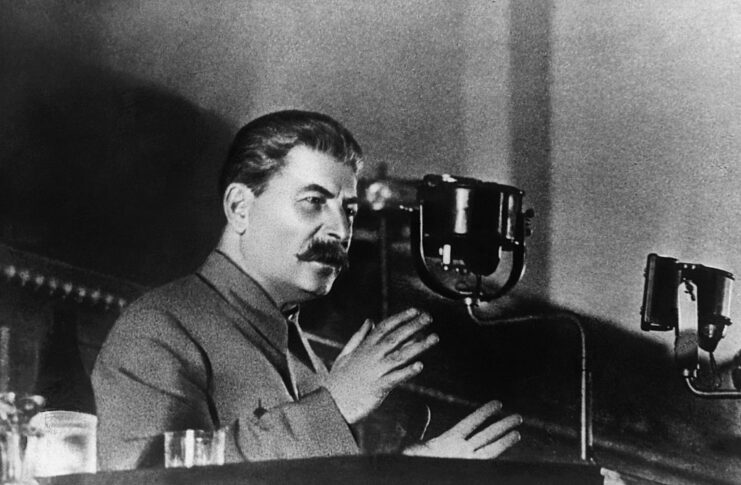
During a political struggle in the late 1920s, Soviet leader Joseph Stalin used the false threat of an imminent invasion to solidify his power. Vladimir Lenin had recently passed away and the fight to take his spot was fierce among the USSR’s political figures. To cement his position, Stalin cleverly used scare tactics to get his way.
In 1927, he claimed the Soviet Union was about to be invaded by its enemies; a powerful propaganda campaign convinced the public that the country would soon be at war. This was about as far from the truth as possible, as most European powers were recovering from the First World War, which had ended less than a decade prior.
Stalin’s plan worked, however, and he was able to seize control over Soviet society and its politics.
‘War in Sight’ Crisis
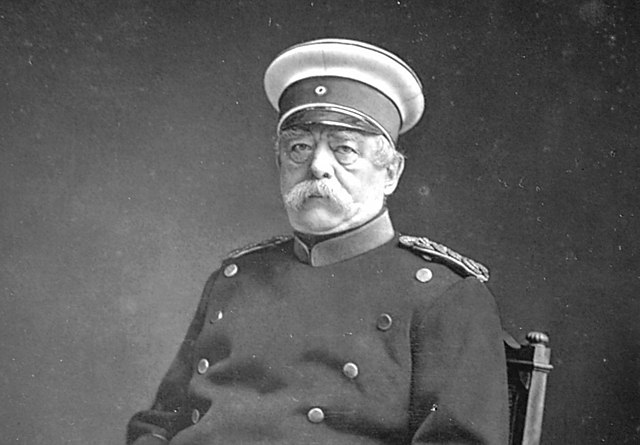
The 1870s saw France undergo a major rearmament after the country’s embarrassing defeat to Prussia at the start of the decade. This rearming was meant to prevent such a loss from happening again, but it unsettled some of the country’s neighbors. German Chancellor Otto von Bismarck attempted to gain his nation’s favor by mounting a pre-emptive strike against France. To do so, he began a campaign to appeal to the public.
An article in a popular Berlin newspaper – titled “Is war in sight?” – succeeded in convincing the German public. However, Russia and Britain used diplomatic pressure to quash Germany’s ambitions.
More from us: The Oddest Showdown of World War II? American Blimp vs German U-boat
While war was prevented, having both Russia and Britain at her throat prompted Germany to draw up a battle plan for a two-front fight, which would later be put to use in World War I.
